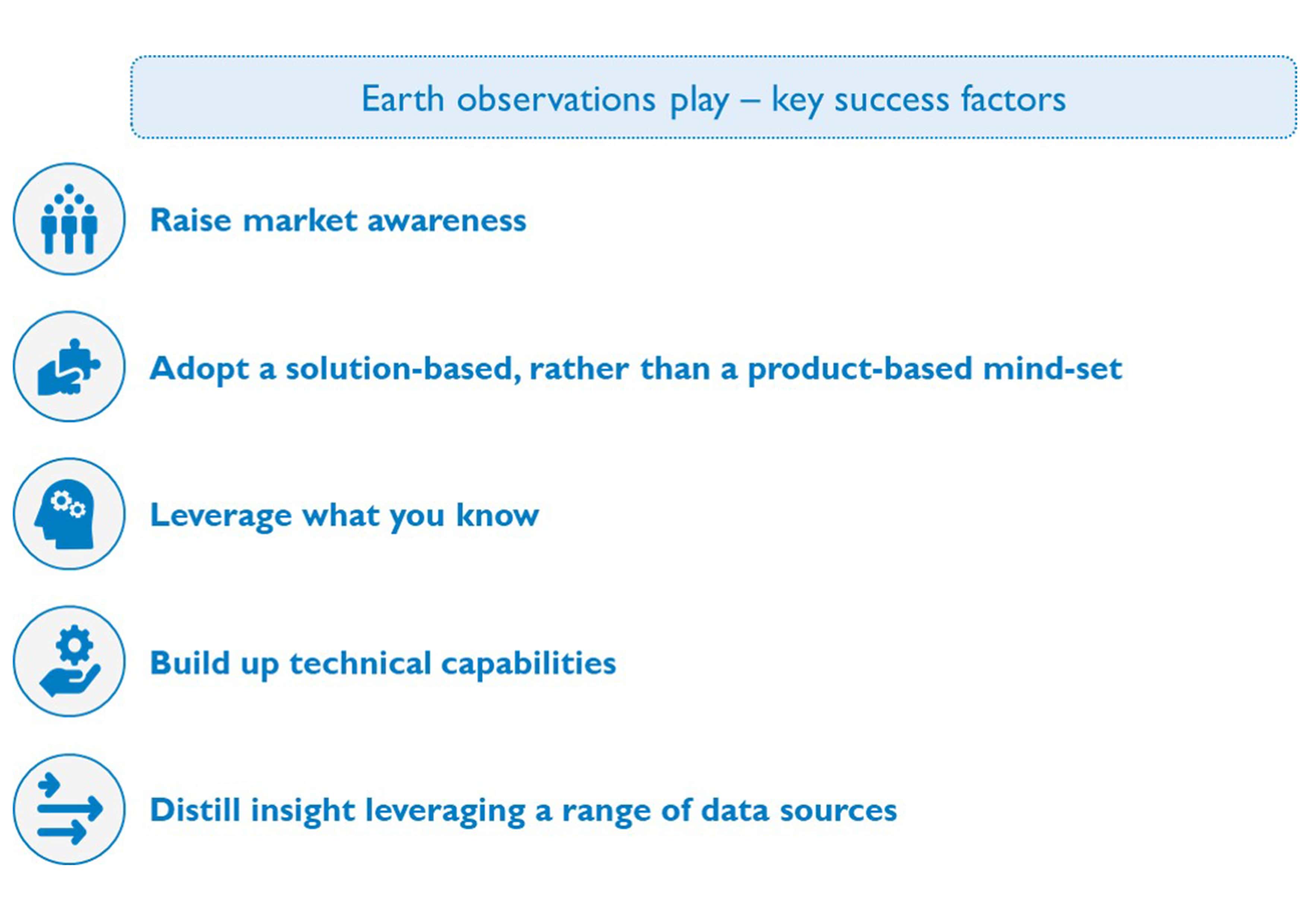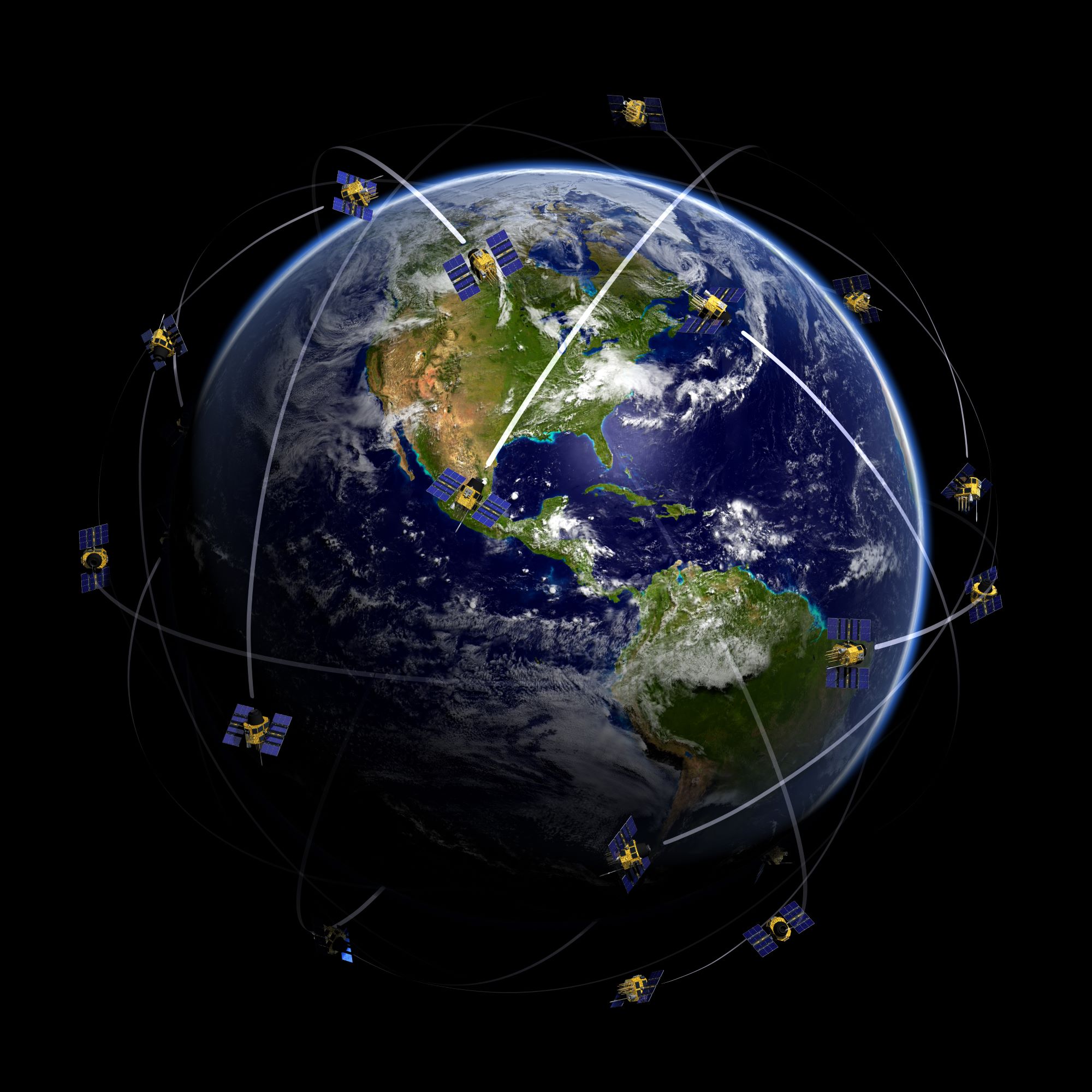
600+ Earth observation satellites are constantly keeping an eye on us from space – is there a commercial opportunity in Earth watching, and how can companies play in this space?
The Earth observation satellites are orbiting our planet, collecting data and images, as well as monitoring and tracking changes
In eight executive briefing series, Arthur D. Little shares key insight into the commercial opportunity in Earth observation and how companies can play and win in this space. We look into:
- What is Earth observation, and what are its key applications?
- What is driving the interest in Earth observation, and is there a commercial opportunity?
- Where is the sector headed?
- How to ride the Earth observation wave and win?
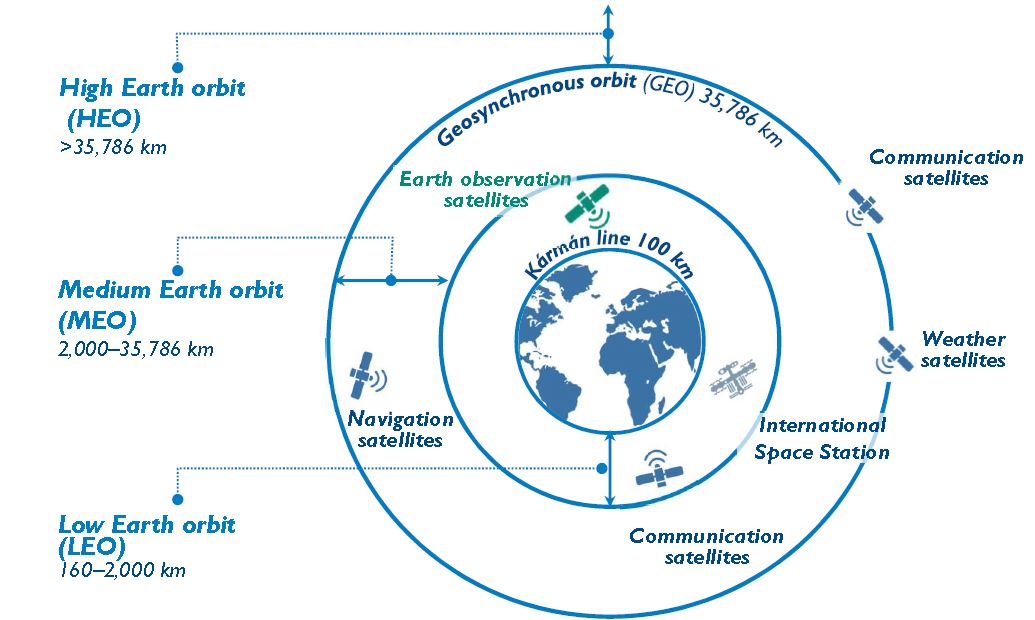
Next edition: Earth observation applications
Analytical solutions based on Earth imagery are used across a wide range of industries, promising high impact and disruptive changes
- Companies are building analytical services based on Earth observation imagery, with different applications across industries
- Defense and government applications are still a key source of demand; however, use cases in other industries (insurance, commercial, etc.) are gaining traction
- Early adopters tend to be from technology-exposed industries
- Customers are increasingly demanding solution-based services (e.g., intelligence, supporting decision-making) rather than pure image-based products
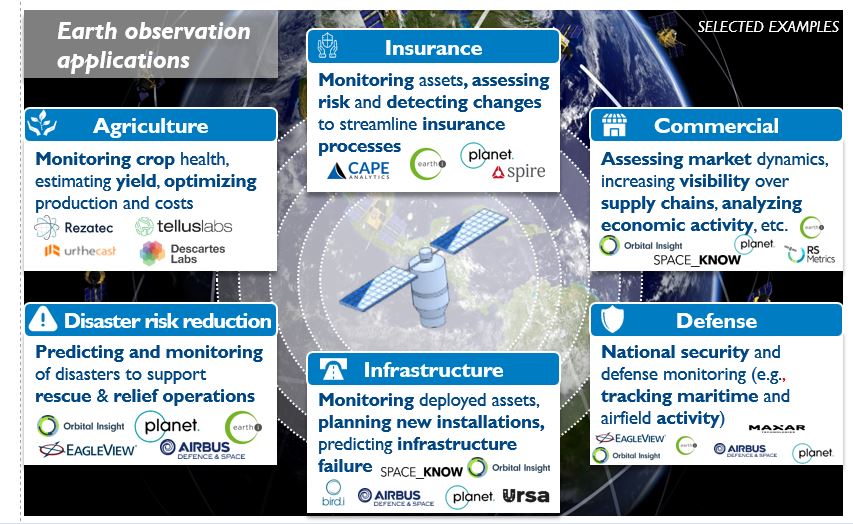
Next edition: Market value & key drivers
Cheaper access to space and advances in data analytics will continue driving the double-digit growth of the Earth observation sector
The Earth observation sector is expected to continue its double-digit growth, driven by:
- Availability of cheaper SmallSat technologies and decreasing costs of launching and operating satellites, which are making commercial solutions more viable
- Advances in data analytics and artificial intelligence that make Earth observation solutions more accessible and enable the emergence of new applications across industries
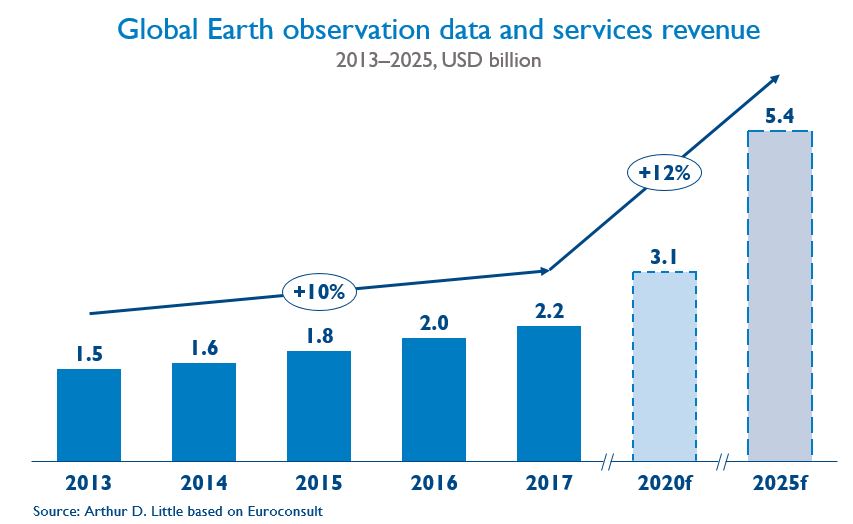
Next edition: Investment dynamics
Investor interest in Earth observation start-ups has significantly increased, driven by the expansion of potential use cases and range of clients
- Investor interest in Earth observation has significantly increased over the past 5 years:
- Over USD 220 million was invested and over 50 new start-ups were set up
- 2017 was a boom year, with a ~9x increase in invested capital compared to the average of the previous 4 years
- Investor interest is driven by expansion of use cases/ applications and potential customers (e.g., going beyond government-backed demand)
- New start-up companies are focusing on data analytics
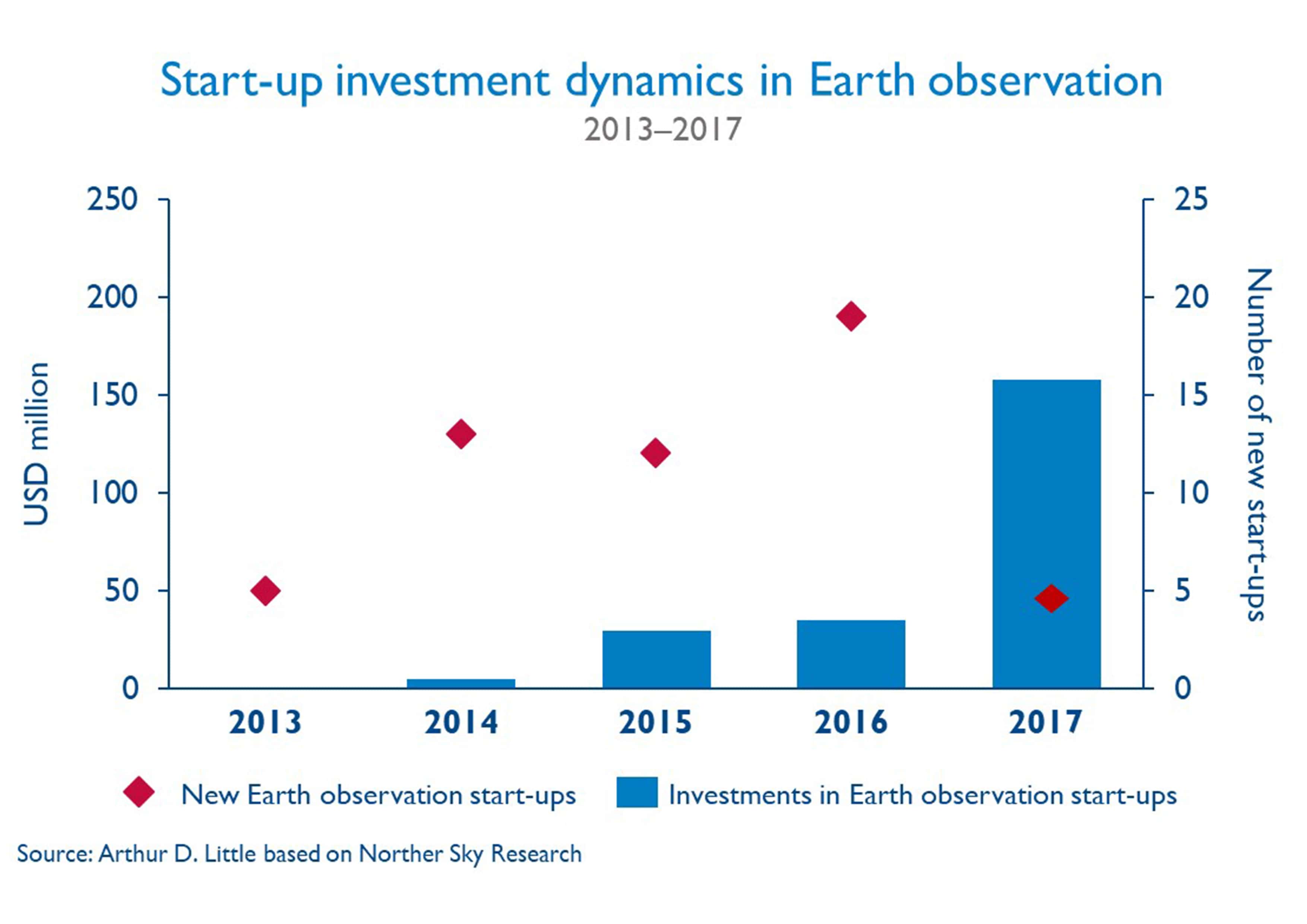
Next edition: M&A trends
Existing players are furthering their stake in the sector and extending capabilities from pure satellite operation and image sales to analytics services based on Earth imagery
The Earth observation sector is evolving, with key players extending their capabilities:
- Recent vertical integration deals allow for building a full set of upstream and downstream capabilities (Spaceflight Industries, OpenWhere, etc.)
- Horizontal mergers (e.g., Planet, Terra Bella & Blackbridge) allow for scale and tapping into adjacent segments
Value generation is moving from pure image sales towards ability to sell analytical solutions on top of Earth imagery
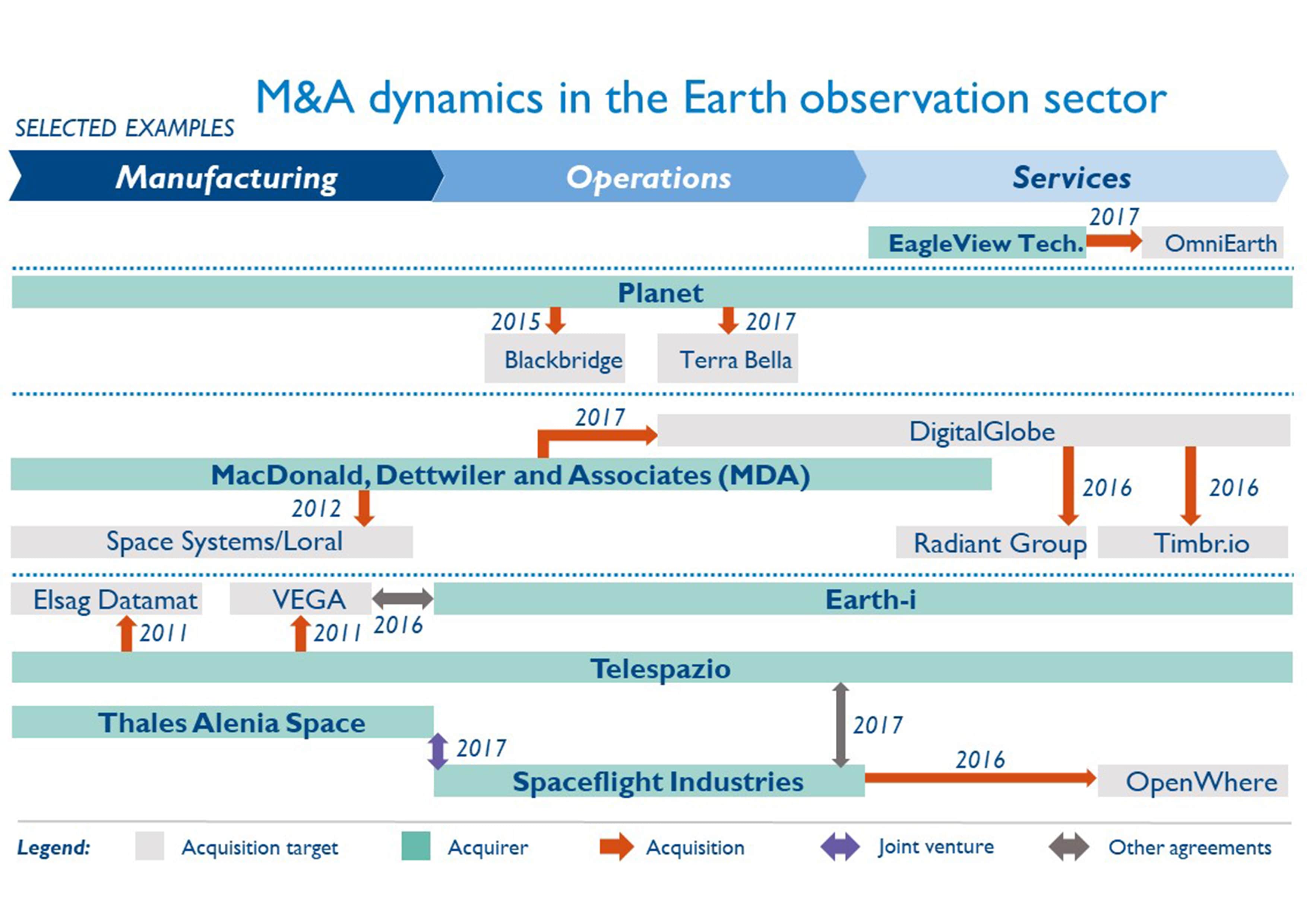
Next edition:Key business models
Successful Earth observation businesses typically adopt one of 2 main business models – captive, government-backed demand or industry-focused model
Business models in Earth observation focus on government- or commercially backed demand, with distinct differences in buying and usage patterns for each
- Governments typically release long-term contracts and are interested in image acquisition, while taking data analytics in-house for confidentiality reasons
- Commercial actors are focused on analytical solutions and willing to purchase them, given intrinsic value for their businesses is unlocked
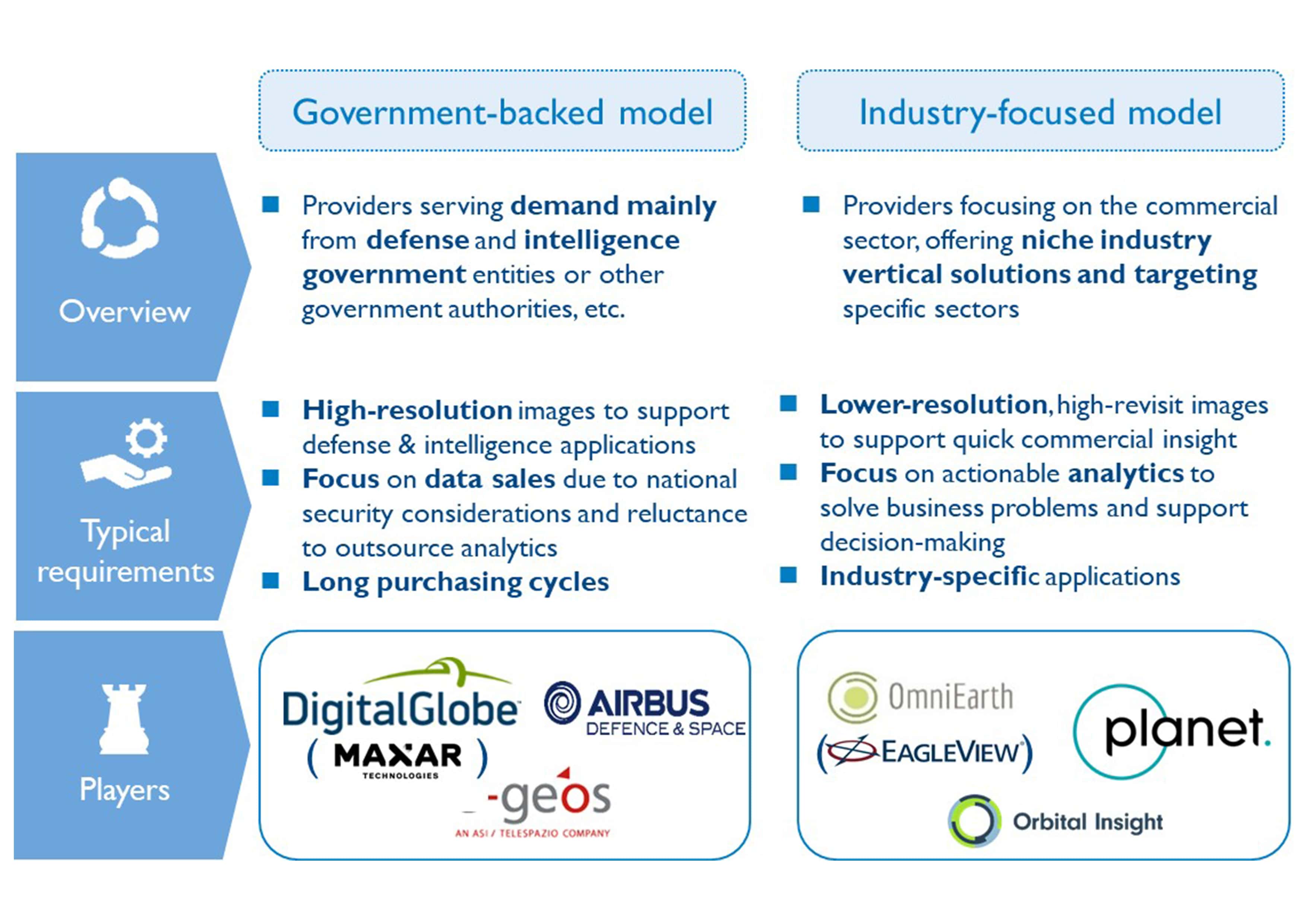
Next edition: Market positioning
The decision on type of market positioning needs to take into account internal and external factors:
- From an external perspective – market demand, range of use cases and technology developments are key
- From an internal perspective – capabilities, financial commitment and risk tolerance need to be taken into account
Uncertainty exists regarding the sustainability of pure data play/satellite operations due to a shift towards open data and data commoditization
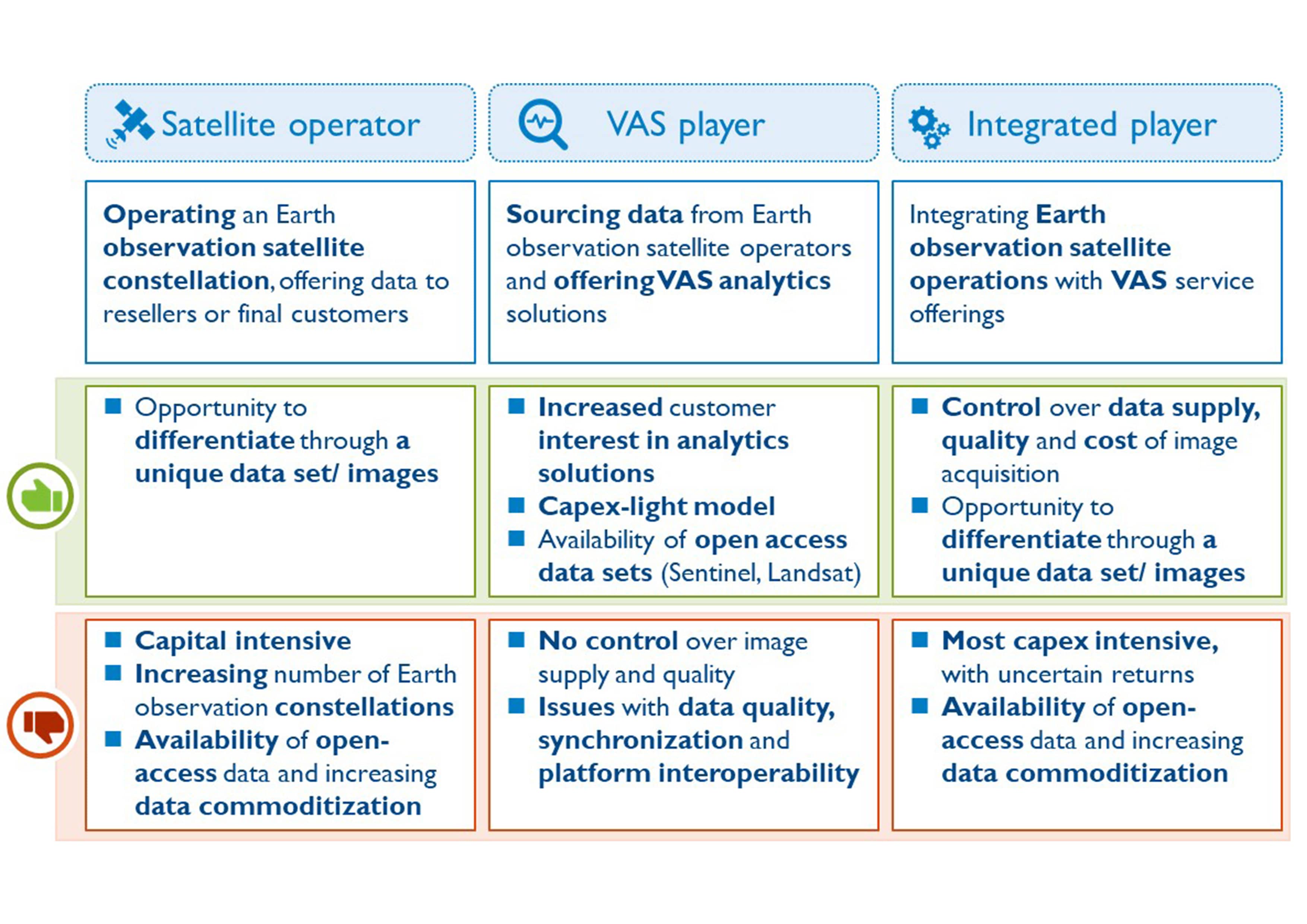
Next edition: Key success factors
To be successful in Earth observation, players need to combine a solution-based mind-set, advanced technical capabilities and strong market push
Combining technical capabilities and commercial acumen is key to winning in the Earth observation market
Key technical skills include imagery analytics, data processing & data management based on advanced technologies (e.g., machine learning/ artificial intelligence)
Commercial capabilities revolve around deep vertical knowledge, ability to proactively develop demand and explore new use cases, and adopting a solution-based mind-set
